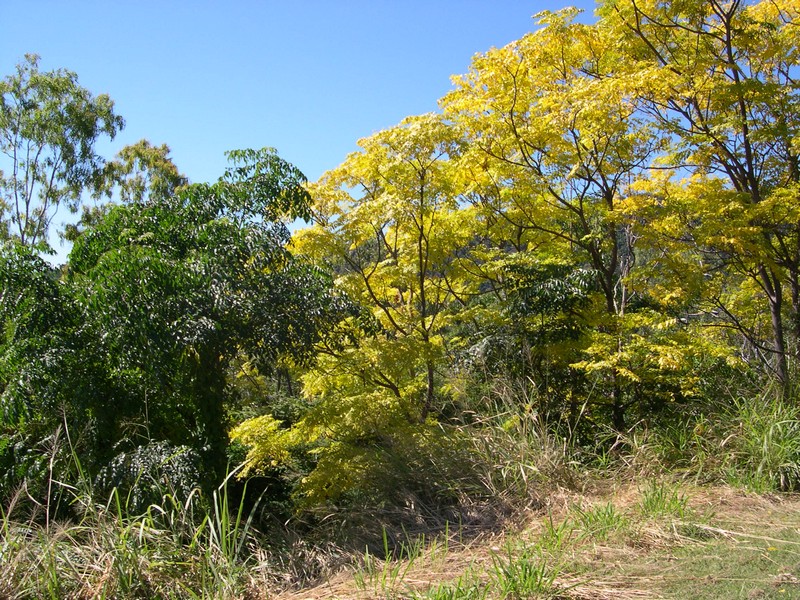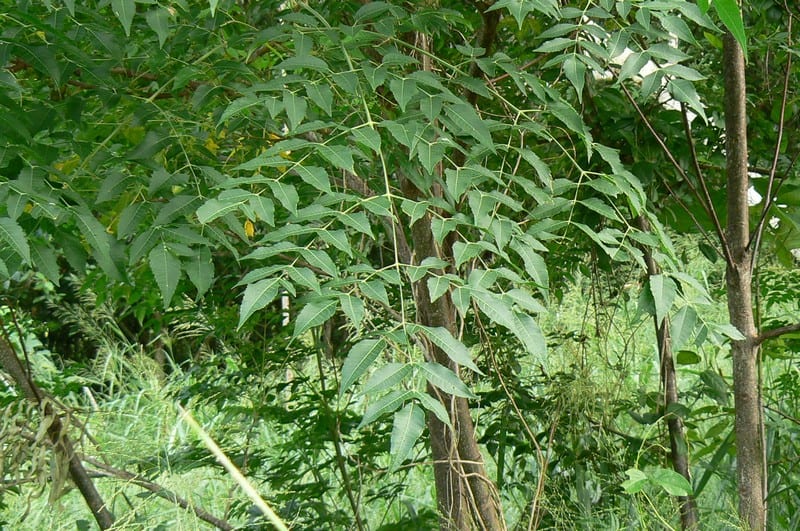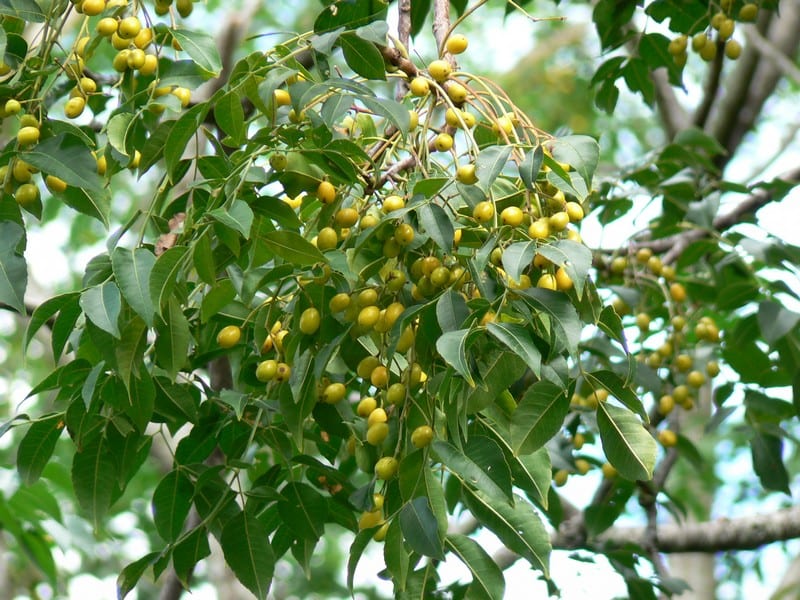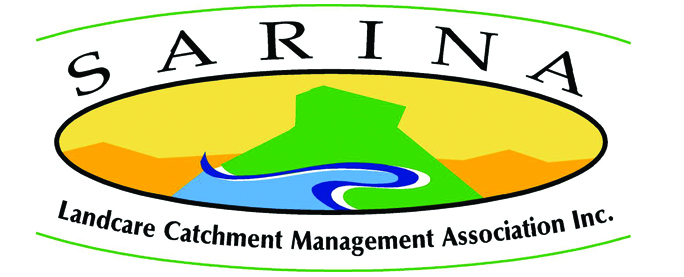White cedar
Melia azedarach, Fam. Meliaceae



Small to medium, deciduous tree with an attractive, shady canopy of 'ferny' foliage, branchlets have scattered red brown lenticels and fissured brown bark with grey ridges. Widely cultivated pioneer species.
| Weed Category: | |
| Weed: | No |
| Form or habit: | Small tree, Med tree |
| Family: | Meliaceae |
| Leaf: | Compound Alternate Alternate, bipinnate, leaflets nine to 70, leaflets opposite, ovate, toothed, lobed or almost entire margins, 2-5cm long. Green on both sides of the leaves, but paler beneath, turning bright yellow in autumn. |
| Flower conspicuous: | Conspicuous |
| Flower colour: |
White, Purple, Lilac |
| Flower description: | Large axillary panicles of bisexual white to lilac flowers with a purple staminal tube that is fringed at the top, subtle fragrance. August to December. |
| Fruit conspicuous: | Conspicuous |
| Fruit colour: |
Yellow |
| Fruit: | Fleshy |
| Fruit description: | Yellow, globular to ovoid fleshy drupes, 1-1.5cm long, with a succulent outer layer over the hard, ribbed stone that has five cells each containing a seed. Occurs in bunches and persists on the tree after leaves fall. February to June. |
| Habitat: | Gallery (riverine or riparian) forest, rainforest. |
| Distribution | Queensland, New South Wales, South Australia, Northern Territory, Western Australia, New Guinea, Malesia, Melanesia, Asia, New Zealand/Antarctica, Pacific Islands, Africa, America. |
| Food source for: | Fruit and/or seed eaten by the spectacled flying fox, emerald dove, rose crowned and wompoo fruit doves, pied imperial, top knot, wonga and white headed pigeons, red tailed black and sulphur crested cockatoos, rainbow lorikeet, crimson and eastern rosellas, red clapped parrot, Australian king parrot, western ringneck, Lewin's honeyeater, varied triller, figbird, olive backed and yellow orioles, pied currawong, green and spotted catbirds, and the regent, satin, spotted and tooth billed bowerbirds. Nectar eaten by the red wattlebird. Larval food plant of the white cedar moth Leptocneria reducta, which may defoliate the tree. Contact with the larvae causes urticaria, an itching skin condition. |
| Toxicity: | Toxic if ingested, fruit is poisonous to humans, dogs and pigs. |
| Origin: | Australia, New Guinea, Malesia, Melanesia, Asia, New Zealand/Antarctica, Pacific Islands, Africa, America. |
| Notes: | Seed germinates well without any treatment, and can be stored at low temperatures for several years. Aborigines used the bark and fruits to poison fish. The stones have been used to make necklaces and rosaries. In India, the fruit pulp has been used to treat leprosy and scrofula, and before the advent of quinine, the bark was used to treat malaria. In the United States of America, the dried fruits were soaked in whiskey and used to treat intestinal worms, the root bark was used for the same purpose. |
| Information sources: | Melzer R. & Plumb J. (2007) Plants of Capricornia., Society for Growing Australian Plants. Mackay Branch. (1989). One hundred and one trees of Mackay. |



